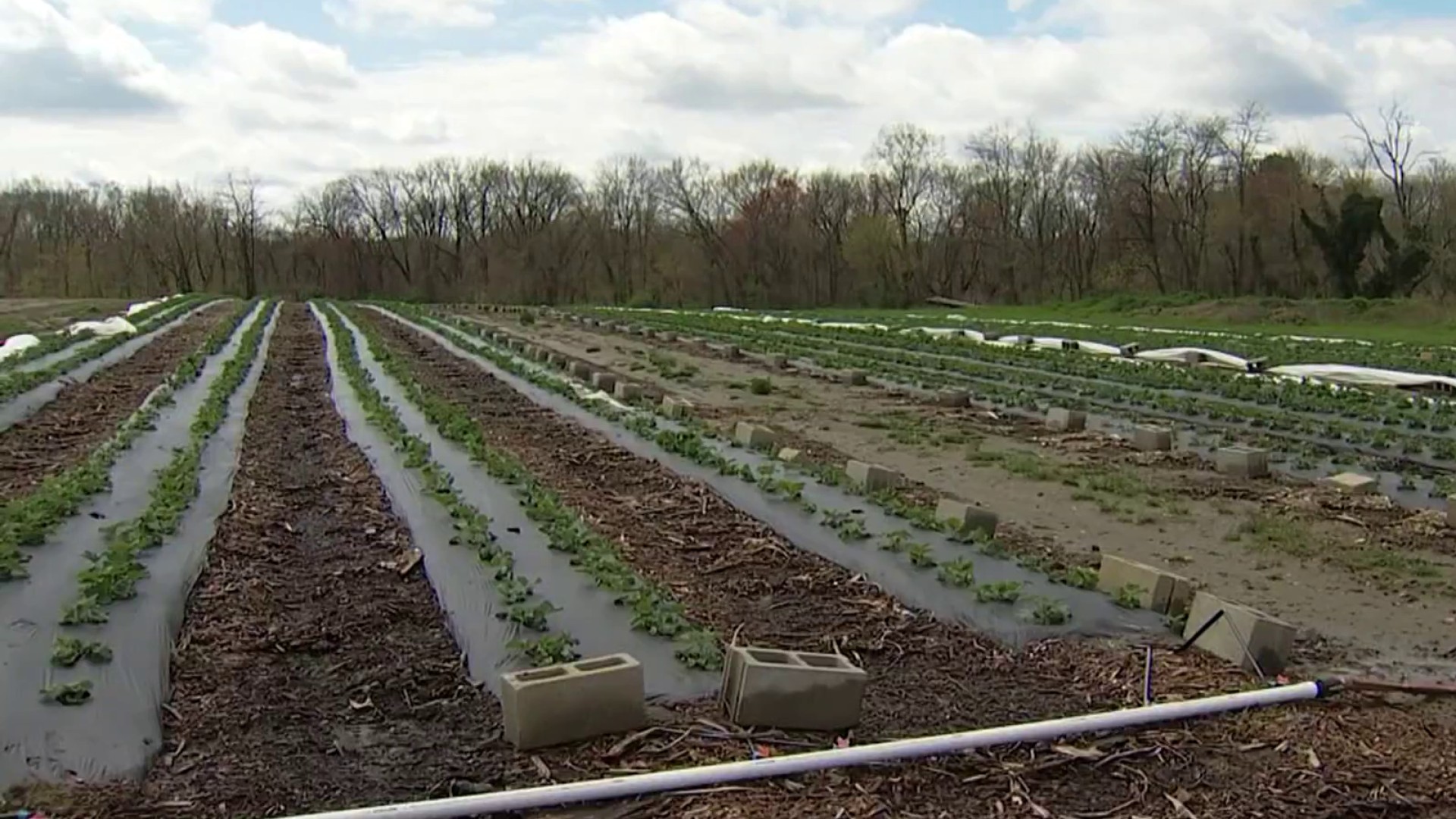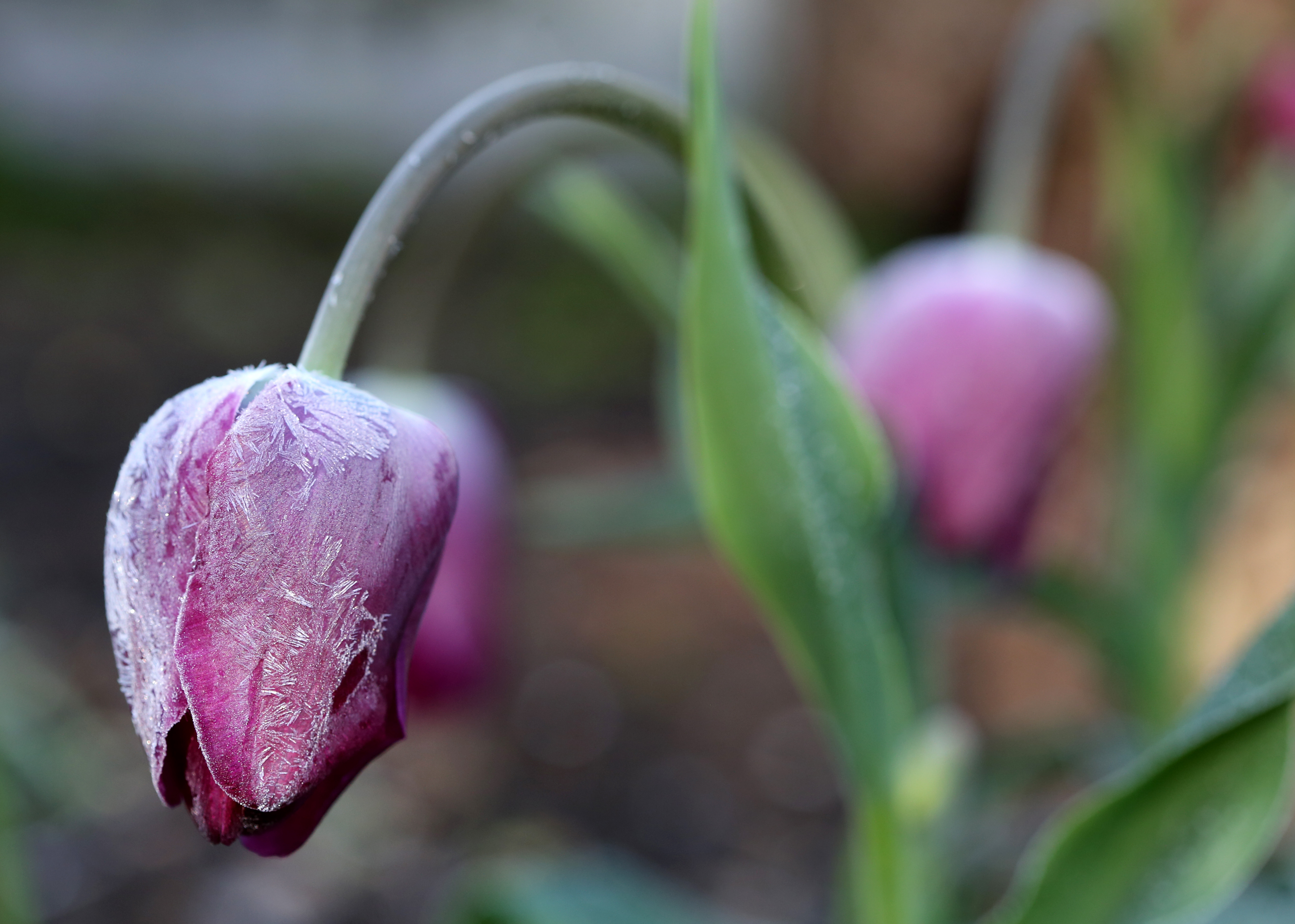Here's a recipe for Snow Ice Cream that we found on the University of Missouri's Extension website. We're posting it verbatim because we don't want anthing to get lost in translation:
What could be more fun than eating clean, white, soft snow gathered in our own yard? Not much, unless you still buy into some of the negative information and urban legends about the serious dangers of letting children eat snow.
The fact is, there are plenty of warnings to be found -- but very little research to prove -- that letting your children eat snow ice cream will stunt their growth. Unless, of course, you are scooping up yellow or dirty snow.
CONTAMINATED SNOW
According to snow research done at Brigham Young University, there is no need to tell children not to eat snow as long as it is fresh. "If it's fresh snow, I can't imagine that there would be anything wrong with it, unless it's come into contact with something. You know, it goes back to the old, 'don't eat yellow snow' type of thing," said Kevin Brown, director of the Division of Drinking Water in Utah.
The real problem with "bad" snow is when it is contaminated by other creatures. The pristine snow that has just fallen through the air and landed on the ground is not going to be dangerous or unhealthy according to Brown.
Weather Stories
RURAL SNOW BEST
Dr. Jeffrey Masters, director of Meteorology for the Weather Underground, says the purity of the snow depends on where you live. "It depends on how much contamination is in the air that the snow falls in. If you are in a heavily polluted city, odds are the snow has lots of contaminants in it from things like auto exhaust and factory emissions. That snow is not too healthy to eat. In rural or suburban areas, eating a little snow probably wouldn't hurt," said Masters.
Folks at the Greene County Health Department in Springfield, Mo., agree, even saying they are not aware of any problem with eating clean, fresh snow. "Many years ago there was a concern because of Strontium 90 in the atmosphere. With the ban on nuclear testing that is no longer a problem," said Ron Boyer of the Greene County Health Department.
There is little research available on the nutritional safety of eating snow ice cream. "I’m surprised there isn’t more information," said Tammy Roberts, a nutrition and health specialist with University of Missouri Extension. "Frankly, a lot of it is conflicting. Basically, I’d say treat it like other desserts – eat it in moderation."
EASY RECIPE
There are several simple ways to make snow ice cream. Every recipe begins with placing a clean container outside to collect clean, fresh snow as it falls. Then, in a smaller bowl combine one cup of milk or Half & Half, one-half cup of granulated sugar, one teaspoon of vanilla extract, a dash of salt and then blend it until the sugar is melted and mixture is smooth. For anyone counting calories, another recipe calls for stirring in sugar and vanilla to taste, along with just enough milk for the desired consistency.
Whatever you do, nutrition specialists agree it is best to stay away from some of the old-time snow ice cream recipes that included raw eggs. "We've learned a lot about egg safety, and eating raw eggs is out of style. They are out of style whether in homemade ice cream, cookie dough, Caesar salad or other favorite dishes. The concern is over salmonella from raw eggs," said Roberts.
EARLY ORIGINS
One of the earliest stories about ice cream has Roman Emperor Nero (54 to 86 A.D.) eating snow mixed with honey or fruit juices. Another story says that 1,000 years after Nero, Italian explorer Marco Polo returned from the Far East with directions for making something resembling sherbet.
In 1846, Nancy Johnson invented the hand-cranked churn and ice cream surged in popularity. In 1851, Jacob Fussell started the first ice cream factory in Baltimore, Maryland.
Then, in 1904, ice cream cones were invented at the St. Louis World Exposition. An ice cream vendor ran out of dishes and improvised by rolling up some waffles to make cones.



